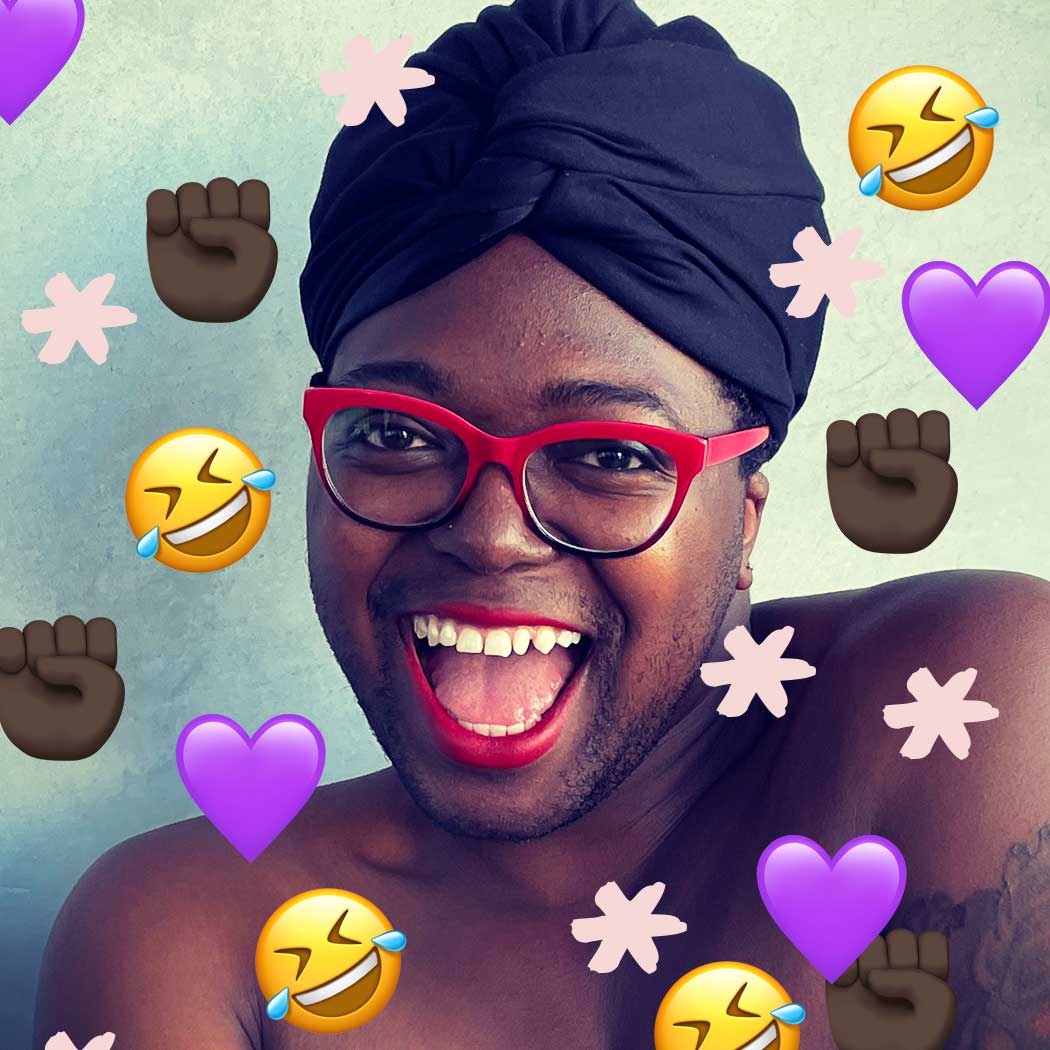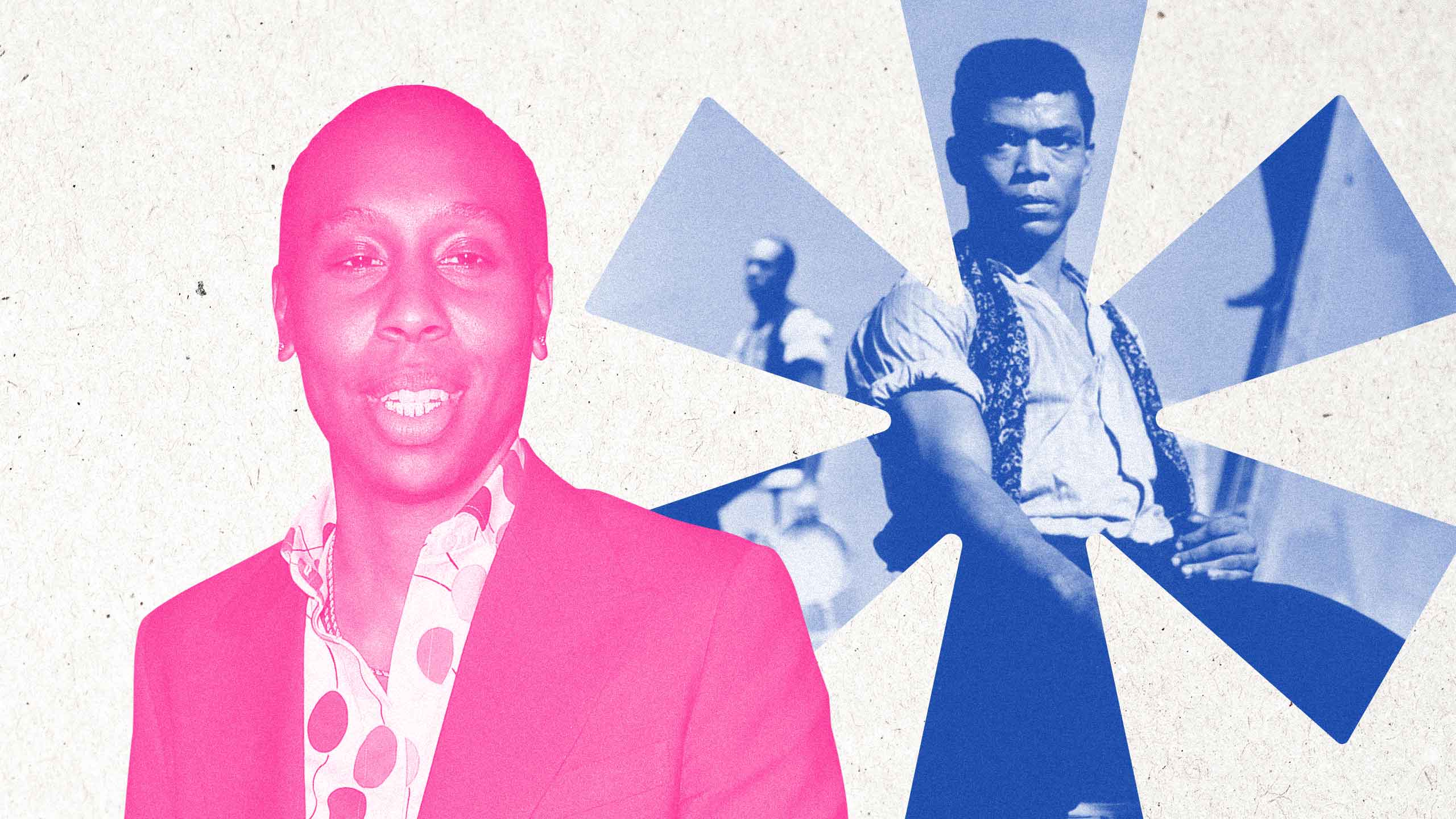Hey there beautiful people! Tre’vell Anderson here, Xtra’s (relatively new) editor-at-large, steering the newsletter jiggy jungle this week. About me: I’m Black and queer and trans AF, and I love gospel music and fried chicken. I’m based in Los Angeles, but I’m an internationally-known supermodel (in my head).

Let’s get into the week’s hottest news. And, in case you haven’t already, don’t forget to subscribe to Xtra Weekly to get the full newsletter experience—this “Topline” is just a sample.
What’s the buzz? 🐝
In case you’ve been living under a rock, February is Black History Month—white folks’ annual opportunity to redress their ongoing erasure of Black folks, particularly in terms of the role we played building the United States on our backs, and Black folks’ excuse (not that we need one) to unapologetically honour the legacy of Black excellence to which we belong. Sure, we should all be doing this 365 days a year (and 366 in a leap year!) but, quite frankly, we don’t.
Admittedly, I’ve long had a complex relationship to this set of 28 days. As I described on a recent episode of my podcast, FANTI (available where you get slay-worthy audio), my contention has often been that this month is usually the only one in which stories about my ancestors have been taught. On top of that, the same five names are recycled every single year: Martin Luther King, Jr., Malcolm X, Rosa Parks, George Washington Carver and Madam C.J. Walker. No shade, but even as a child, I knew my lineage of excellence didn’t end—nor did it begin—with them.
Black history is so much more expansive than what we’ve been led to believe. Beyond the Blaxploitation era of Hollywood and the Civil Rights Movement, Black people have been present at and integral to almost every pivotal moment in history. And if we weren’t involved, it was because racism, white supremacy and other forms of oppression kept us from doing so.
What were we thinking?
I also wouldn’t be me if I didn’t mention the ways in which Black queer and trans histories are quite purposefully left out of many of the BHM rememberances. We’ve been betrayed by such finite renderings of Black history, duped into not knowing just how important our queer and trans ancestors were during times before these. To repeat a question I first asked in a 2019 piece for Out, inspired by a noted Frederick Douglass speech: “What then to the Black queer person is Black History Month?”
“I see it as an opportunity for us to resurrect the legacies of the Sylvester’s, the Moms Mabley’s, the Glenn Burke’s and the Lucy Hicks Anderson’s,” I wrote. “It’s a chance to pay homage to those who paved the way for the Janet Mock’s, the Lena Waithe’s and the Andrea Jenkins’.”
In that spirit, I’m remixing the typical format of Xtra’s newsletter this week. Before I share bits of other queer news you need to know, I want to introduce or present (to those who are already familiar) a few Black LGBTQ2S+ ancestors you need to know. (If you don’t know any of the names I mentioned above, hop on over to Googlesha.)
Monica Roberts, journalist
Inspired by the West African tradition in which a griot, or storyteller, maintains the history of a people, Monica Roberts founded her blog TransGriot in 2006. “A proud unapologetic Black trans woman speaking truth to power and discussing the world around her,” the site’s tagline reads. Roberts was a journalistic titan in her own right, single-handedly laying the groundwork for what will eventually be a media landscape that doesn’t deadname and misgender trans folks in our deaths. Though she died unexpectedly late last year, a publication is being started in her honour to continue her trailblazing efforts.
Sir Lady Java, performer
Born in New Orleans, Louisiana, in 1943, Sir Lady Java is a Black trans icon based in Los Angeles. A mainstay of the L.A. nightclub circuit of the ’60s, she was a noted performer, even sharing the stage with the likes of Sammy Davis Jr., Redd Foxx, Lena Horne, Richard Pryor and James Brown. In 1967, the Los Angeles Police Department started targeting her shows and the establishments that hosted her, invoking what was then known as Rule Number 9. The ordinance prohibited “impersonation by means of costume or dress a person of the opposite sex,” meaning that the LAPD criminalized trans women (and actual drag performers) based solely on their identities. Sir Lady responded by working with the ACLU to successfully overturn the rule. Her story will get the big screen treatment soon via a biopic helmed by director Anthony Hemmingway and Pose star Hailie Sahar, who will both play Sir Lady and produce.
Gladys Bentley, blues singer
Many of us know the names Bessie Smith and Ma Rainey—mainly because of the mainstream films about them, starring Queen Latifah and Viola Davis, respectively. Though the pair are legendary in their own rights, we also need to include Gladys Bentley, who, by the early 1930s, was one of the most widely known Black entertainers and considered Harlem royalty. She, too, was unapologetic about loving women, and she wore “men’s clothing,” which led many historical accounts to describe her as a male impersonator. Though she’d denounce her queerness later in life in an Ebony magazine article (brought on by the oppressive McCarthy era), she is still one of our community’s icons deserving of recognition.
Alvin Ailey, dancer and choreographer
To wrap this up, I’ll throw to a recent review I wrote of the Sundance doc Ailey, about the life and legacy of the Black gay genius that was dancer and choreographer Alvin Ailey. If you’ve never seen the Alvin Ailey American Dance Theater in person, please add it to your list of must-dos when the pandemic is over. I promise you, it is a transcendent experience. Check out my review for more about the legend—and about how the doc is a cautionary tale for Black queer creatives.
Other Xtra news
👉🏿We recently launched our new, recurring feature, “My Safe Space,” to showcase Xtra readers’ ingenuity in carving out special spaces, whether physical or spiritual, where they can be their truest selves. Writer Gaby Messino took us to her pandemic garden.
👉🏿Ballet came out of the closet late last year with a kiss! Former dancer and current critic Juan Michael Porter II writes about a historic American Ballet Theatre performance, and where classical ballet still has to go to make space for all of its dancers.
👉🏿Tamisha Iman is coming for you… and by you, I mean the door. Drag herstorian Kevin O’Keefe has all your Drag Race updates.
Gifbox
In the words of Shea Couleé…


 Why you can trust Xtra
Why you can trust Xtra


